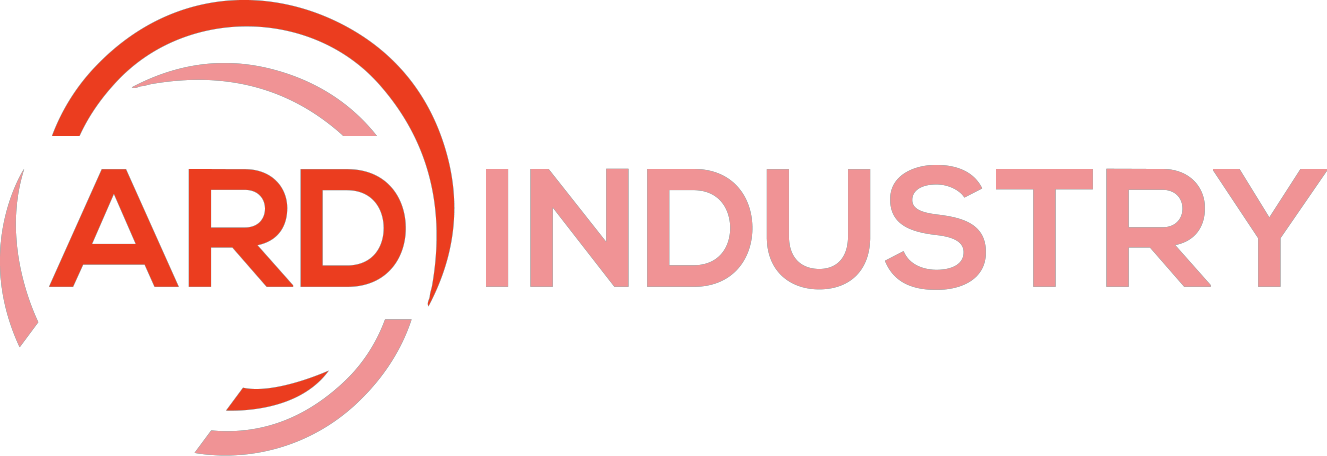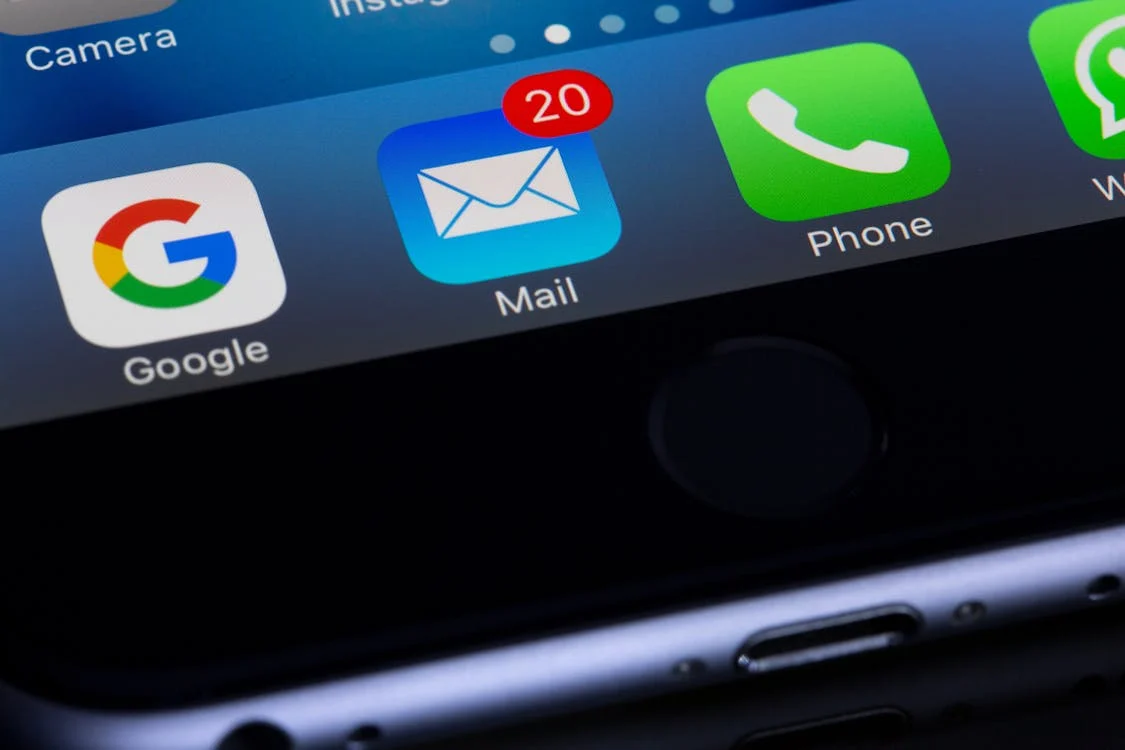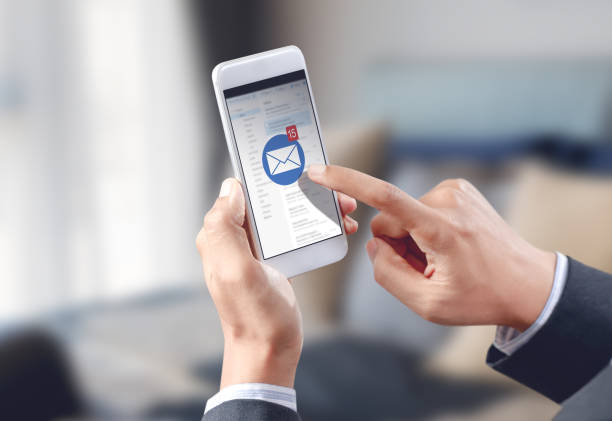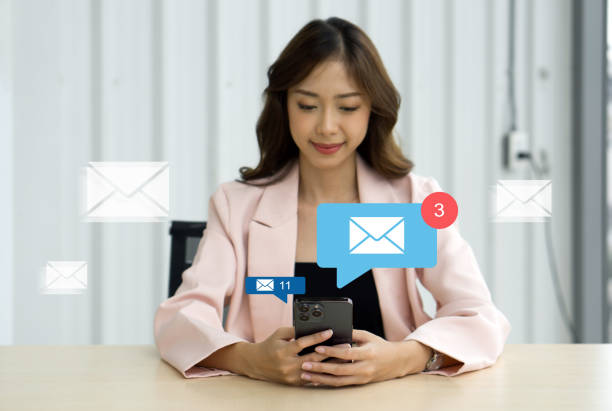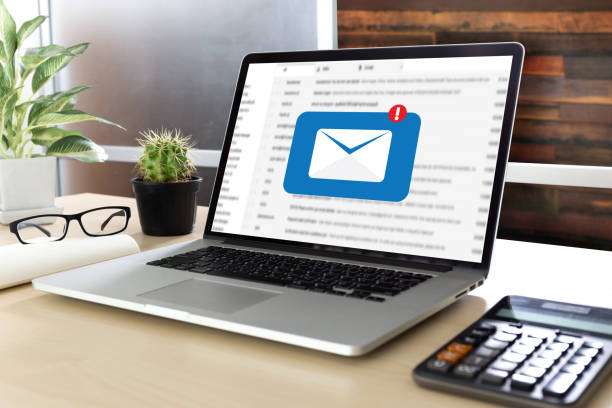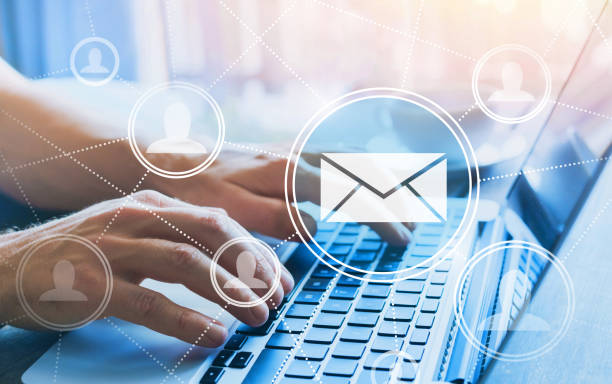Have you ever wondered why some email campaigns captivate their audience while others get ignored? Are you sending generic emails to your entire list and hoping for the best? If your open rates and click-through rates aren’t where you want them to be, you’re not alone. But here’s the good news: there’s a simple yet powerful solution that can elevate your email marketing game: email segmentation.
Moreover, by dividing your audience into smaller, targeted groups, you can create campaigns that feel personal and relevant, leading to better engagement and higher ROI.
So, what makes segmentation so crucial in email marketing? So, how can it help you craft tailored experiences that resonate with your subscribers? Let’s dive in and discover how segmentation can transform your email strategy.
What Is Email Segmentation?
At its core, email segmentation is the process of dividing your email list into smaller, more focused groups based on specific criteria. Additionally, these criteria can range from demographic details, purchase behavior, and geographical location to personal preferences and browsing history.
Think of it this way: would you talk to a loyal customer the same way you’d approach a first-time visitor? Of course not. Segmentation allows you to deliver messages that align with where each recipient is in their customer journey, ensuring that your emails feel relevant rather than random.
For instance, imagine you own an online clothing store. Instead of sending a generic “20% Off Winter Collection” email to everyone, segmentation lets you:
- Send winter coat promotions to customers in cold regions.
- Share trendy holiday outfits with young professionals.
- Offer exclusive deals to your loyal customers.
This targeted approach not only increases the likelihood of engagement but also strengthens your brand’s relationship with its audience.
Why Email Segmentation Matters in Email Marketing
Segmentation matters in email marketing because it allows you to deliver personalized, relevant messages that drive engagement and boost conversions.
1. Boosts Engagement Rates
When you send an email that feels tailored to the recipient, they’re far more likely to open it. Segmented campaigns achieve, on average, 14.31% higher open rates and 100.95% higher click-through rates compared to non-segmented campaigns.
Consider this: a customer who recently browsed your “new arrivals” section is more likely to engage with an email showcasing those products than with a generic newsletter. So, segmentation lets you focus on what matters to each audience group, capturing their attention right away.
2. Enhances Customer Retention – Email Segmentation
Retention is all about making customers feel valued and understood. Additionally, segmentation helps you deliver personalized experiences that nurture long-term relationships.
For example:
- Sending birthday discounts or anniversary emails to loyal customers.
- Sharing product recommendations based on their past purchases.
- Delivering exclusive early-bird deals to frequent shoppers.
These tailored touches make customers feel appreciated, increasing their loyalty to your brand.
3. Increases Conversion Rates
Segmentation is not just about keeping people engaged; it’s about driving action. When you send highly relevant messages, you guide recipients toward taking the desired step, whether that’s making a purchase, signing up for a webinar, or downloading a free resource.
Let’s say a user abandoned their shopping cart. Also, a segmented email that reminds them of their items and offers a small discount can nudge them to complete the purchase. This kind of targeted approach often results in higher conversion rates compared to generic follow-ups.
Benefits of Email Segmentation
Segmentation offers a variety of advantages that go beyond just improving metrics. So, let’s explore some of the key benefits:
- Improved Relevance: By focusing on specific interests and needs, your emails feel more like helpful recommendations and less like spam.
- Better Customer Insights: Analyzing segmented data helps you understand your audience on a deeper level.
- Higher ROI: Personalized campaigns reduce wasted efforts, making every email count.
- Reduced Unsubscribe Rates: Recipients are less likely to opt out when they find value in your content.

Types of Email Segmentation
Segmentation isn’t a one-size-fits-all approach. Additionally, different businesses and audiences require different strategies. So, here are some of the most effective ways to segment your list:
1. Demographic Segmentation
This involves grouping your audience based on factors like age, gender, income level, or occupation. For instance, a fitness brand might promote strength-training gear to younger subscribers and low-impact equipment to older ones.
2. Geographic Segmentation
Geography can play a huge role in relevance. Also, a company promoting ski equipment would find little success targeting customers in tropical regions. Similarly, events or sales tied to specific locations benefit from geographic segmentation.
3. Behavioral Segmentation – Email Segmentation
Behavioral segmentation focuses on actions—such as purchase history, browsing patterns, or email engagement levels. So, you can target:
- Frequent buyers with loyalty rewards.
- Cart abandoners with limited-time offers.
- Inactive subscribers with re-engagement campaigns.
4. Psychographic Segmentation
Psychographics delve into values, lifestyles, and motivations. For example, an eco-friendly brand might send sustainability-focused content to environmentally conscious subscribers.
5. Purchase-Based Segmentation
Targeting customers based on their buying habits—like past purchases, average order value, or frequency—can help you upsell or cross-sell effectively.
How to Implement Email Segmentation
1. Gather Data
The first step to effective segmentation is understanding your audience. Moreover, use tools like Google Analytics, email analytics, customer surveys, and CRM data to collect insights.
2. Set Clear Goals
Identify what you hope to achieve with your segmentation. Are you trying to boost sales, improve engagement, or re-engage dormant subscribers? So, having a clear objective ensures your efforts are focused.
3. Choose Segmentation Criteria
Decide which factors are most relevant to your goals. For instance, if you’re promoting a regional event, geographic segmentation would be key.
4. Create Tailored Content
Once your segments are defined, craft personalized emails that cater to their specific needs. Use dynamic email content that adapts based on the recipient’s profile.
5. Automate the Process
Email marketing platforms like Mailchimp, HubSpot, or Klaviyo allow you to automate segmented campaigns. Set up triggers based on actions (e.g., abandoned carts, sign-ups) to save time while maintaining personalization.
6. Test and Optimize
Segmentation is not a one-and-done strategy. Additionally, regularly analyze the performance of your campaigns, conduct A/B testing, and refine your approach based on what works best.
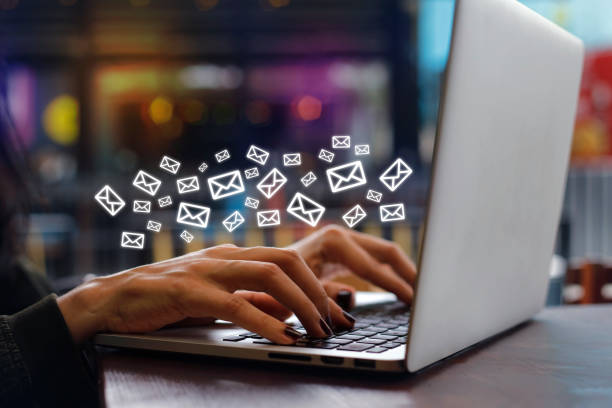
Real-Life Examples of Successful Email Segmentation
Real-life examples of successful segmentation showcase how tailored email strategies can effectively engage audiences and achieve impressive results.
1. Netflix
Netflix excels at behavioral segmentation by recommending shows and movies based on viewing history. So, this personalized approach keeps users engaged and reduces churn.
2. Sephora
Sephora uses purchase and browsing data to send tailored product recommendations, promotional offers, and reminders about expiring reward points.
3. Amazon
Amazon’s product recommendation emails are a prime example of segmentation. Also, by analyzing browsing history and purchase patterns, they create highly relevant campaigns that drive repeat purchases.
The Role of Automation in Email Segmentation
Automation tools like ActiveCampaign and Klaviyo make it easier to execute segmented campaigns. So, they allow you to:
- Send welcome series emails to new subscribers.
- Trigger abandoned cart reminders.
- Automate birthday or anniversary discounts.
With automation, you can scale your segmentation efforts without sacrificing personalization.
Future of Email Segmentation
As technology advances, email segmentation will become even more precise. AI and machine learning are paving the way for predictive analytics, which can forecast customer behavior and preferences. These innovations will enable hyper-personalized campaigns that deliver unparalleled results.
Conclusion: Email Segmentation
Segmentation is the key to unlocking the full potential of email marketing. By tailoring your messages to specific groups, you can boost engagement, strengthen relationships, and drive more conversions.
So, why settle for generic campaigns that underperform? Embrace segmentation, experiment with different approaches, and watch your metrics soar. Remember, in email marketing, personalization isn’t just preferred—it’s expected.
Your audience deserves more than cookie-cutter messages. Start segmenting today and show them just how much you understand their needs. The results will speak for themselves.
